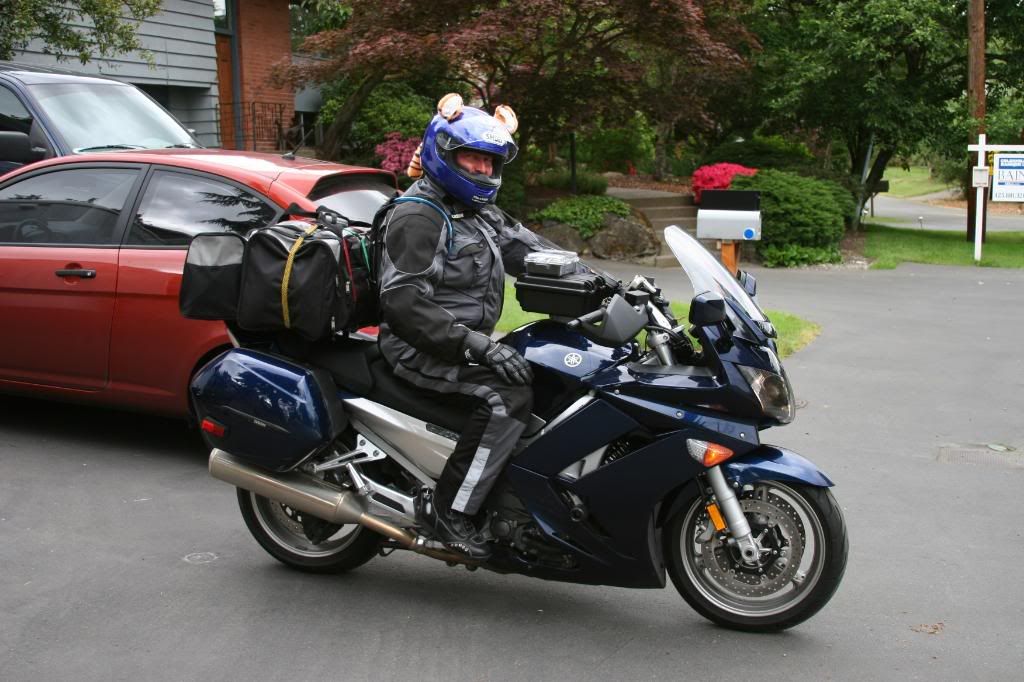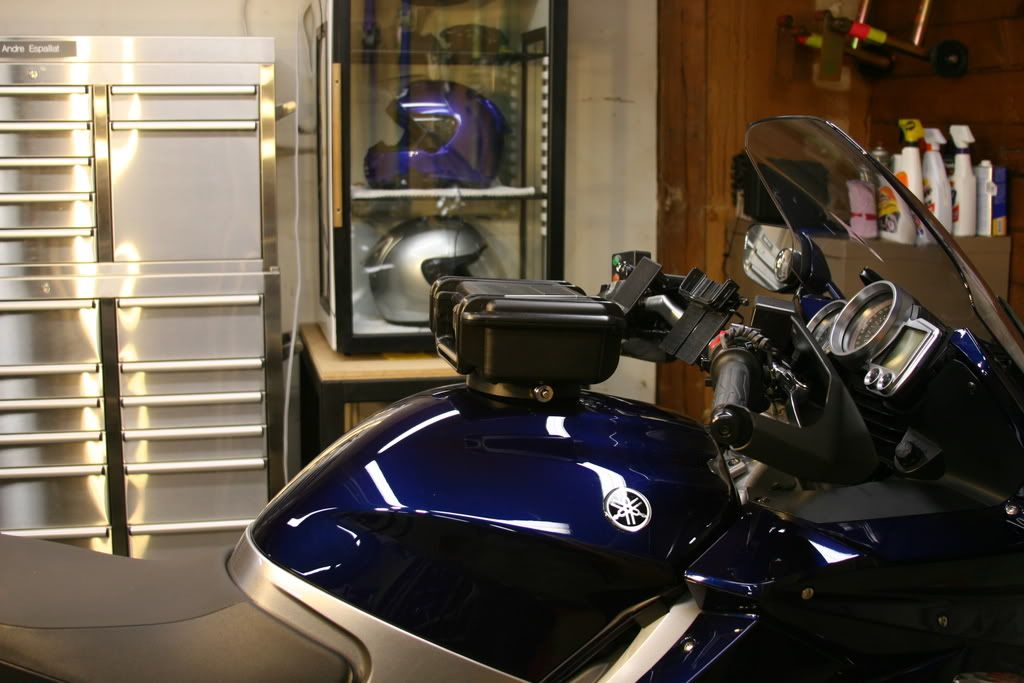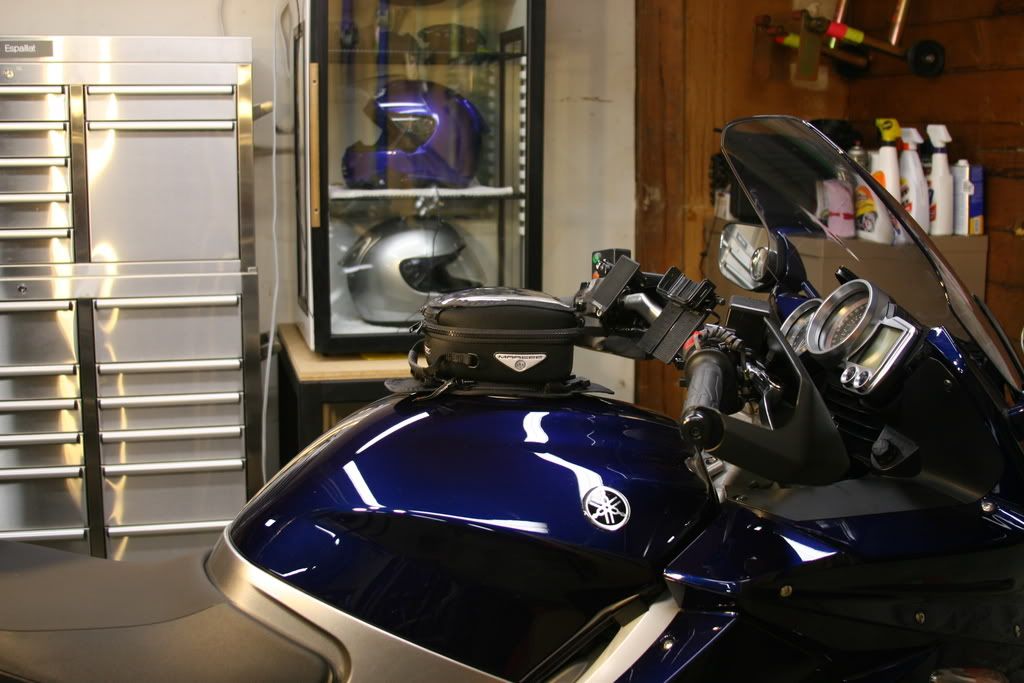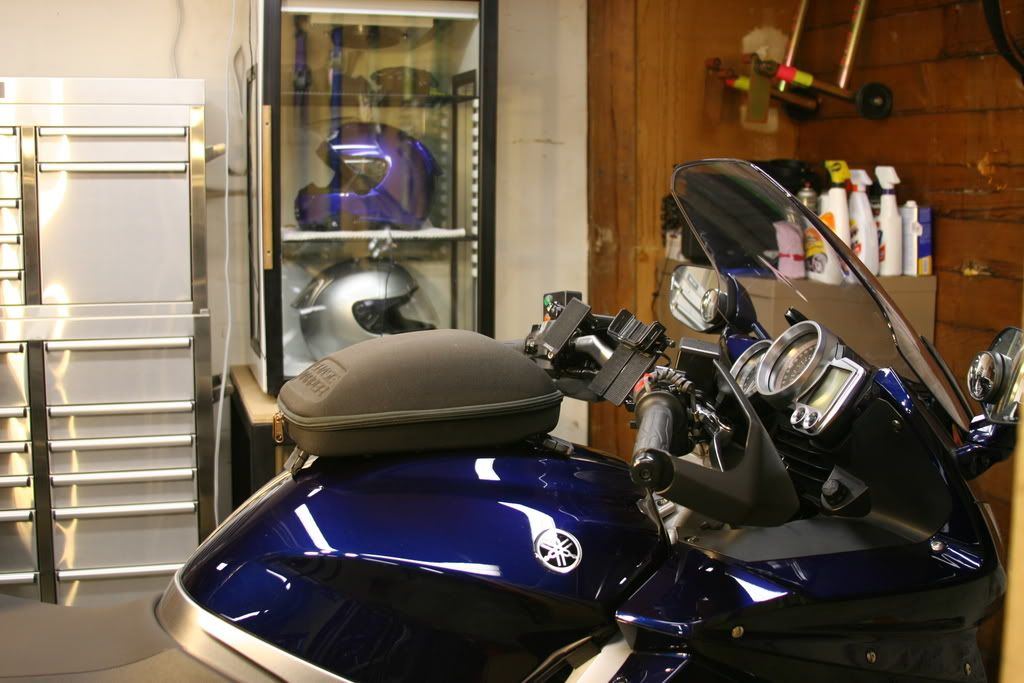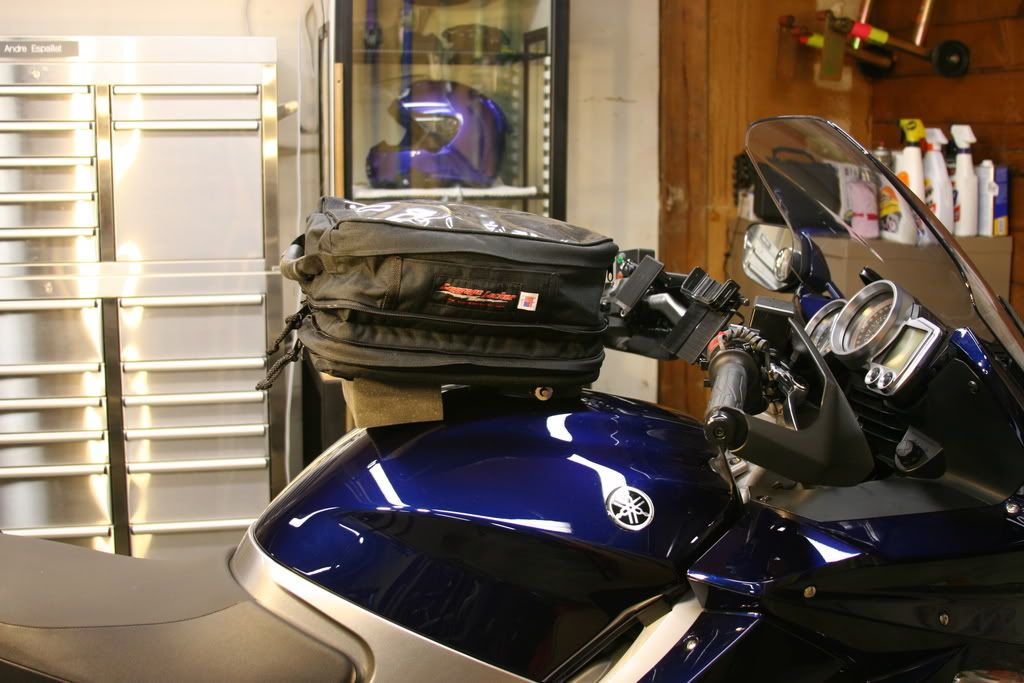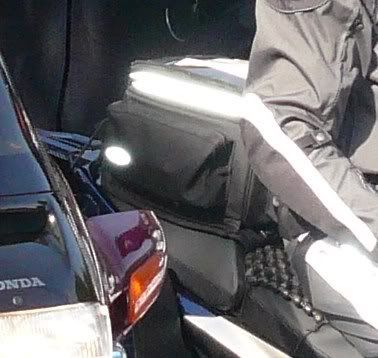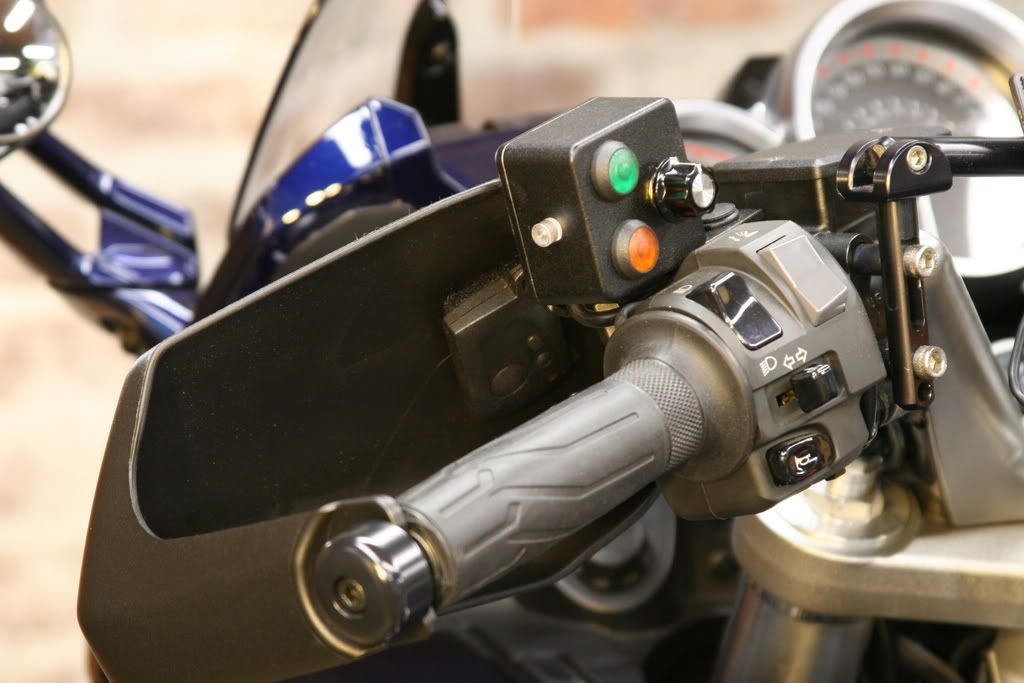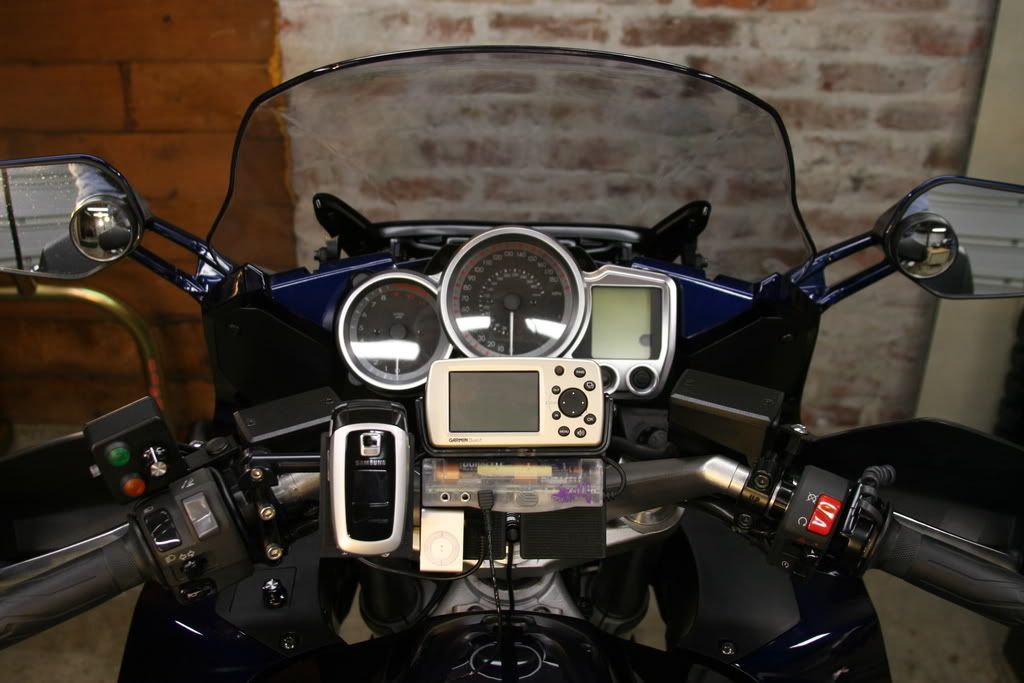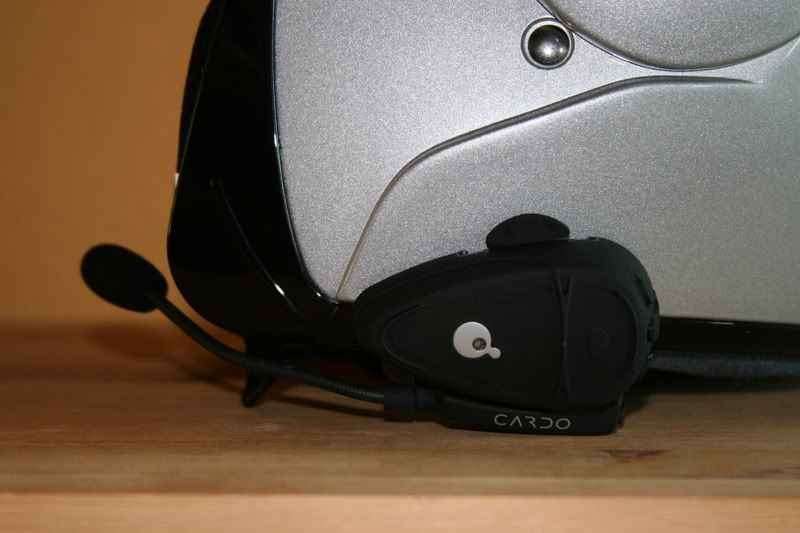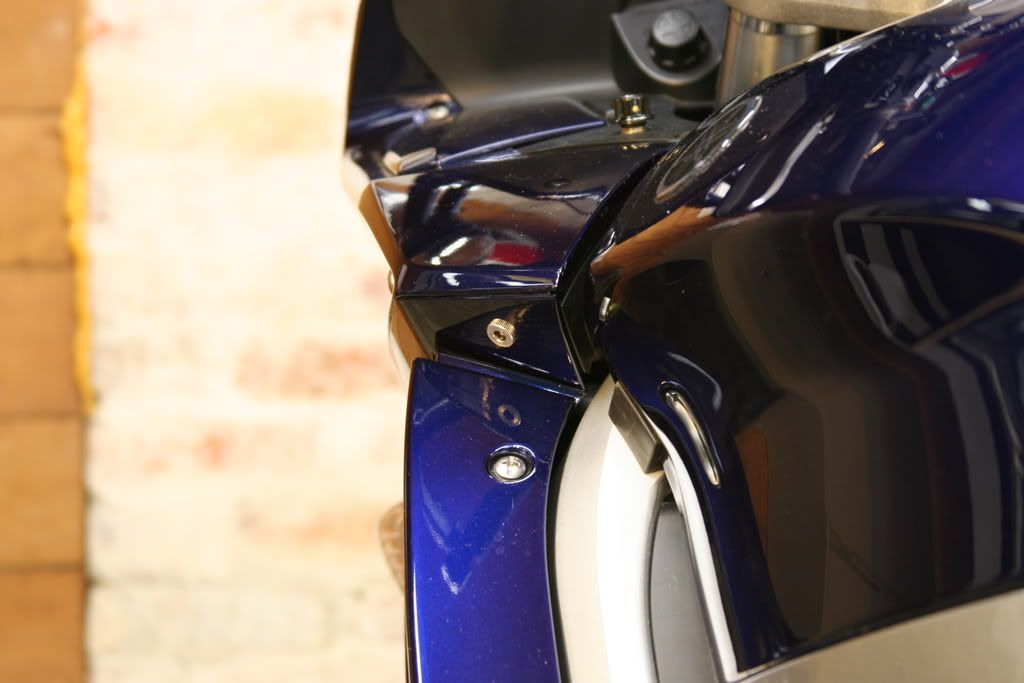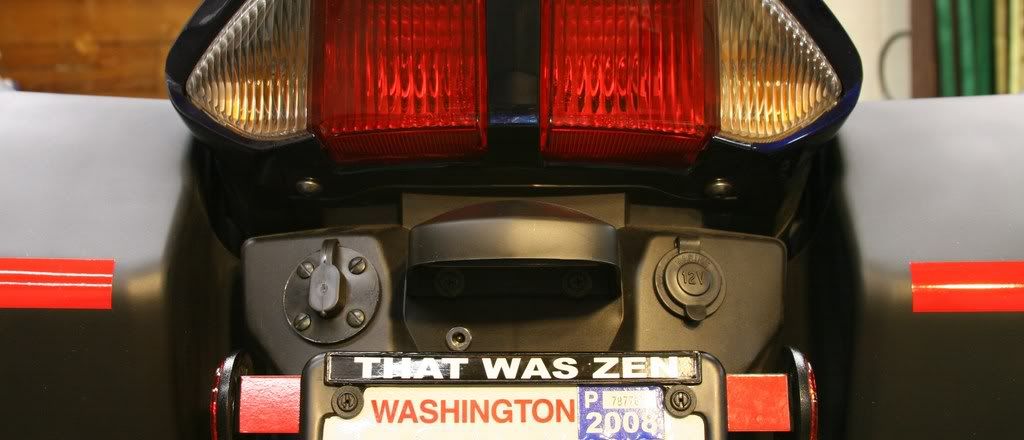I recently installed DualStar handgrip heaters on my FJR. I used a Warmnsafe Heat-troller to regulate the grip temperature. Here are some details.
First, the DualStar grip heaters require you to remove your existing grips from the bike. This might be a good time to find a set of grips you like better than your stockers, and for the purpose of heating, a thinner (race) grip probably works best. I reused my stockers this time, but in the past, I've used 'gel' race grips with good results.
So, let's remove the grips and mount the heaters. Most manufacturers use a bit of rubber cement under the grips to secure them and keep them from rotating. To overcome this hurdle, I simply shove a long shaft thin gauge screwdriver between the grip and bar. Then I spin the screwdriver so that it migrates around the bar to peel the grip away. Finally, I spray some WD40 (or chain lube/whatever) between the grip and the bar where the screwdriver still is. A little spreading of the lube will allow the grip to slide off with a reasonable amount of effort. Be aware, YOU HAVE TO CLEAN THE LUBE OFF BEFORE PROCEEDING.
Ok, so now you've cleaned your bars of lube so the grip heaters can stick to the bars. The instructions included with the set are pretty obvious, but here are a couple of tips they don't seem to include.
First, locate the heater in a place that will heat your FINGERS, not your palms. This means to rotate the heaters so their centers face forward on the bike. They'll probably be even better if they're forward and slightly lower than the horizontal centerline of the bars. (Yeah, that might sound confusing, but sit on the bike, put your hands on the bars, and figure out where your actual fingers are gonna rest. Position your heaters so they stick in this area.)
Now, these heaters aren't huge. They don't cover the entire grip area, so they can also be placed anywhere between inboard and outboard of the grip. Where do you normally grip your grips? Out by the bar end weights, or inboard close to the finger controls? I do the latter, so I placed my grips under this area. Think ahead!
All right, now we've figured out where we wanna stick the heaters and we've stuck them there. It's pretty obvious how to do this. It's in the regular instructions.
Route your wires where you need to. Remember, there needs to be a LOT of slack on the throttle side so the throttle can be twisted without pulling the heater wires. Take care with this because you don't want that wire to hang the throttle open or closed. Proper routing is imperative.
Put your grips back on over the heaters, using whichever technique you normally use.
Now, here's where it gets really interesting. DualStar makes a decent grip heater, but their electrical diagram leaves a bunch of stuff in question. There are three wires for the heater. They're RED, BLUE, and WHITE.
Apparently, the RED wire is their 'common' rail. This connects to both the HI and LO circuits. Their diagram shows RED connected to battery or frame ground. This works, but it's an odd choice of colors.
I connected both the HI and LOW circuits together so that they operate together and get the grips HOT in a shorter period of time. Any other configuration seems to fall short in my book. I like toasty digits.
Thus, the WHITE and BLUE wires are connected together. This makes both halves of the heaters work simultaneously.
What's the drawback? Not much to speak of. Using the heaters together draws a maximum (measured) current of slightly less than 4.5 amps at 12VDC. The normal HI setting draws 2.85A and the low setting draws 1.6A. Most modern bikes will easily handle a 4.5 amp draw, and if your bike isn't able to provide the 1.65A difference between HI and 'tandem', you need a new charging system. (1.65A at 12VDC is just shy of 20 watts. That's like an extra tail light. Not much extra load.)
Now onto the Warmnsafe Heat-troller. Connections are simple. RED and BLACK go to 'hot' and 'ground' just like a normal accessory. The other bare wires coming from the product are BLUE and WHITE. In this case, BLUE is switched power and WHITE is effectively 'ground' (even though I measured it at about 15.5 ohms off ground when not powered.)
Therefore, we'll take the
RED wire from the heaters and connect it to the
WHITE wire of the Heat-troller. Now we'll take the
WHITE and BLUE wires of the heaters (yes, both) and connect them to the
BLUE wire of the Heat-troller.
The effect? Both the high and low circuits of the heaters will now be controlled by the Heat-troller.
No, I haven't gone into complete installation of the Heat-troller control unit and electronics box. We're back again to planning and execution. Where and how it'll fit on your bike is your problem and it's based on your situation and desired application.
DualStar is located here. DualStar can get both the grips and the Heat-troller, but they don't keep them in stock so they're sorta slow at delivery. Their site is also a little difficult to navigate, so I've given you the shortcut to the heater page.
Warmnsafe is located here. Warmnsafe sells a complete kit with the controller and the heaters for $80. They seem pretty responsive.
Here's the shortcut to their heater/controller page.Use the comments sheet to ask questions and I'll try to include the answers by updating this article.







